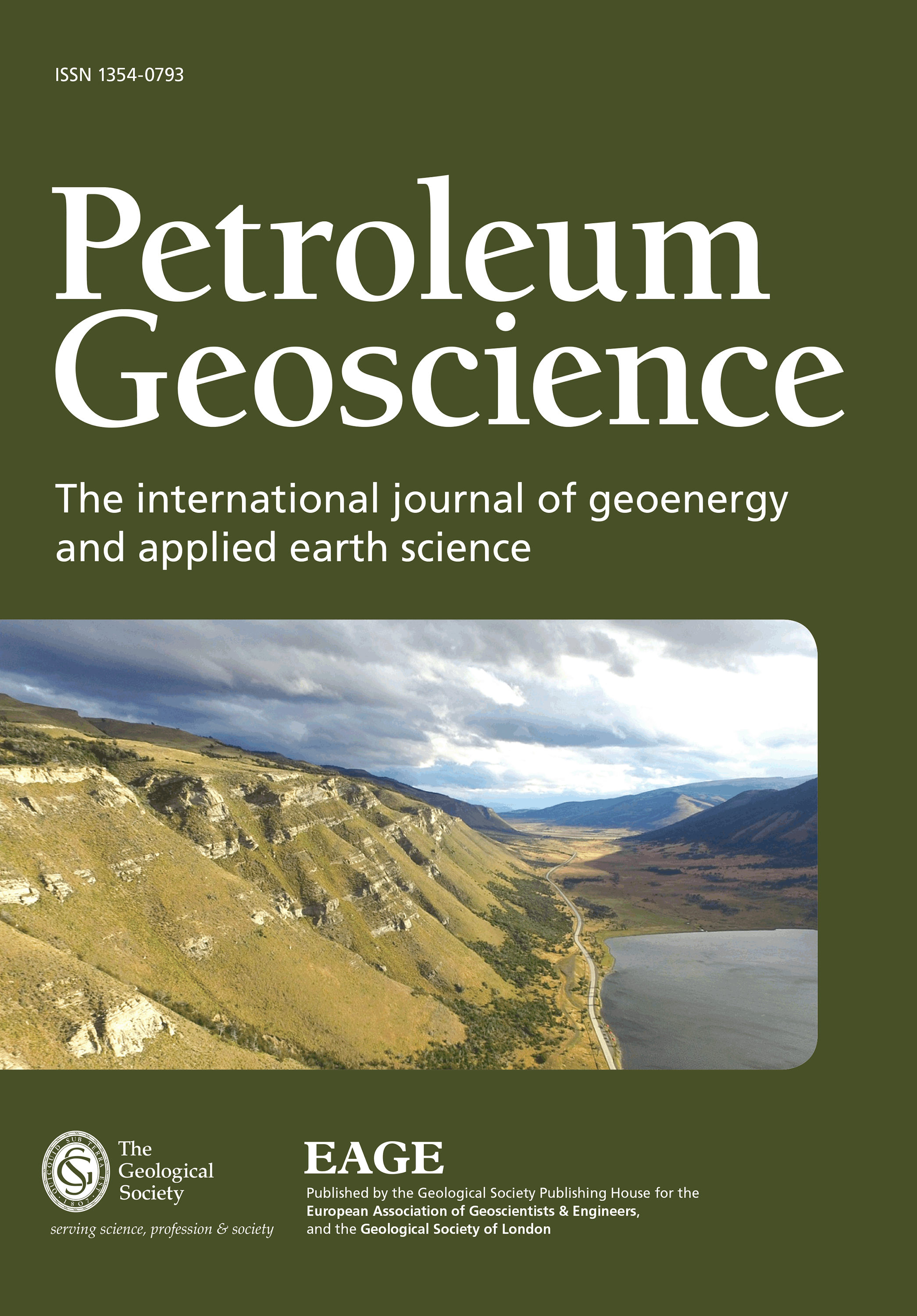-
oa Optimising development and production of naturally fractured reservoirs using a large empirical dataset
- Source: Petroleum Geoscience, Volume 27, Issue 2, May 2021,
-
- 30 Jul 2020
- 25 Oct 2020
- 01 Dec 2020
- 08 Mar 2021
Abstract
Naturally fractured reservoirs are important contributors to global petroleum reserves and production. Existing classification schemes for fractured reservoirs do not adequately differentiate between certain types of fractured reservoirs, leading to difficulty in understanding fundamental controls on reservoir performance and recovery efficiency. Three hundred naturally fractured reservoirs were examined to define a new classification scheme that is independent of the type of fracturing and describes fundamentally different matrix types, rock properties, fluid storage and flow characteristics.
This study categorises fractured reservoirs in three groups: (1) Type 1: characterized by a tight matrix where fractures and solution-enhanced fracture porosity provide both storage capacity and fluid-flow pathways; (2) Type 2: characterized by a macroporous matrix which provides the primary storage capacity where fractures and solution-enhanced fracture porosity provide essential fluid-flow pathways; and (3) Type 3: characterized by a microporous matrix which provides all storage capacity where fractures only provide essential fluid-flow pathways. Differentiation is made between controls imparted by inherent natural conditions, such as rock and fluid properties and natural drive mechanisms, and human controls, such as choice of development scheme and reservoir management practices.
The classification scheme presented here is based on reservoir and production characteristics of naturally fractured reservoirs and represents a refinement of existing schemes. This refinement allows accurate comparisons to be made between analogous fractured reservoirs, and trends and outliers in reservoir performance to be identified. Case histories provided herein demonstrate the practical application of this new classification scheme and the benefits that arise when applying it to the understanding of naturally fractured reservoirs.
[open-access]



